Buy the photo Singel Amsterdam @ night by Michael van der Burg on canvas, ArtFrame, poster and wallpaper, printed on demand in high quality.
About "Singel Amsterdam @ night"
by Michael van der Burg
About the artwork
The (Amsterdam: het) Singel is an Amsterdam canal, running from the IJ to the Muntplein, where it flows into the Binnen Amstel. History The Singel was dug from the IJ to the Boerenwetering around 1428. The remaining part to the Amstel followed around 1450. Until the city enlargement of around 1585, the Singel formed the western city boundary. From 1481, the earthen wall was replaced by a stone wall. At that time, the Singel was also called Stedegracht. Today, this Stedegracht still consists of the present Singel, Kloveniersburgwal and Geldersekade. In the 17th century, the Singel was temporarily called Koningsgracht in honour of King Henry IV of France, an important ally of the Republic at the time. Koningsplein is a reminder of this. The part of the Singel from the Round Lutheran Church to Lijnbaanssteeg where the ships bound for London, the 'Londoners', had their berths, was also called Londense Kaai and Engelse Kaai. Part of the Geldersekade was also called Londonse Kaai or English Kaai. Between Lijnbaanssteeg and Torensluis, the Singel was called Rouaansche Kaai, because of the navigation on Het Kanaal. The Torensluis from 1648 is the oldest preserved and the widest bridge in the entire city centre. This Bridge 9 - at the level of Oude Leliestraat - is so wide because the Jan Roodenpoort tower, demolished in 1829, stood here. The tower's dungeons are still part of the bridgehead. In the cobblestones on the bridge are

About Michael van der Burg
Welcome!.. Read more…
 Netherlands
Netherlands Ordered in December 2021
Ordered in December 2021
 Germany
Germany Ordered in June 2020
Ordered in June 2020
 Netherlands
Netherlands Ordered in March 2024
Ordered in March 2024
 Germany
Germany Ordered in November 2020
Ordered in November 2020
 Netherlands
Netherlands Ordered in November 2021
Ordered in November 2021
 Netherlands
Netherlands Ordered in December 2021
Ordered in December 2021
 Netherlands
Netherlands Ordered in June 2019
Ordered in June 2019
 Netherlands
Netherlands Ordered in October 2020
Ordered in October 2020
 Netherlands
Netherlands Ordered in June 2021
Ordered in June 2021
 Germany
Germany Ordered in March 2024
Ordered in March 2024
 Germany
Germany Ordered in May 2021
Ordered in May 2021
 Germany
Germany Ordered in June 2022
Ordered in June 2022
About the material
ArtFrame™
Interchangeable Art Prints
- High-quality print
- Easily interchangeable
- Acoustic function
- Large sizes available
Discover the artworks of Michael van der Burg
 Erasmus Bridge Evening from the WillemskadeMichael van der Burg
Erasmus Bridge Evening from the WillemskadeMichael van der Burg Rotterdam Panorama Rijnhaven ViewMichael van der Burg
Rotterdam Panorama Rijnhaven ViewMichael van der Burg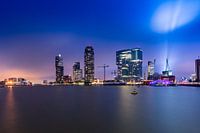 Skyline Rotterdam Rijnhaven viewMichael van der Burg
Skyline Rotterdam Rijnhaven viewMichael van der Burg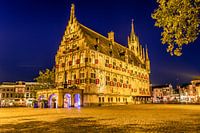 Gouda Town Hall rear viewMichael van der Burg
Gouda Town Hall rear viewMichael van der Burg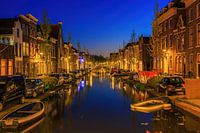 Turfmarkt GoudaMichael van der Burg
Turfmarkt GoudaMichael van der Burg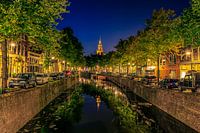 West and Oosthaven GoudaMichael van der Burg
West and Oosthaven GoudaMichael van der Burg B&W Erasmus bridge LeuvehoofdMichael van der Burg
B&W Erasmus bridge LeuvehoofdMichael van der Burg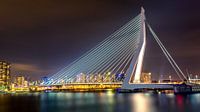 Erasmus BridgeMichael van der Burg
Erasmus BridgeMichael van der Burg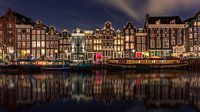 Singel Red Light DistrictMichael van der Burg
Singel Red Light DistrictMichael van der Burg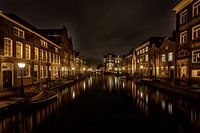 Old Rhine LeidenMichael van der Burg
Old Rhine LeidenMichael van der Burg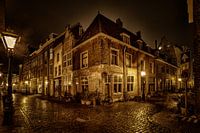 Leiden American Pilgrim MuseumMichael van der Burg
Leiden American Pilgrim MuseumMichael van der Burg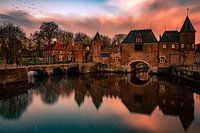 Koppelpoort Sunset AmersfoortMichael van der Burg
Koppelpoort Sunset AmersfoortMichael van der Burg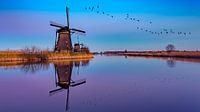 reflection KinderdijkMichael van der Burg
reflection KinderdijkMichael van der Burg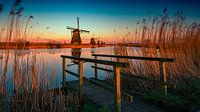 Kinderdijk HollandMichael van der Burg
Kinderdijk HollandMichael van der Burg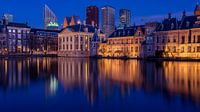 Hofvijver The HagueMichael van der Burg
Hofvijver The HagueMichael van der Burg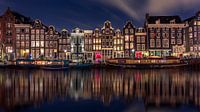 Amsterdam Red LightsMichael van der Burg
Amsterdam Red LightsMichael van der Burg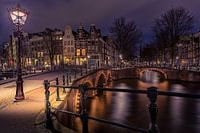 Keizersgracht AmsterdamMichael van der Burg
Keizersgracht AmsterdamMichael van der Burg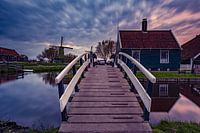 Zaanse SchansMichael van der Burg
Zaanse SchansMichael van der Burg Tulips Sunset HollandMichael van der Burg
Tulips Sunset HollandMichael van der Burg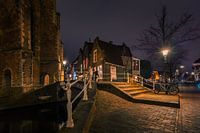 Behind the Church DelftMichael van der Burg
Behind the Church DelftMichael van der Burg

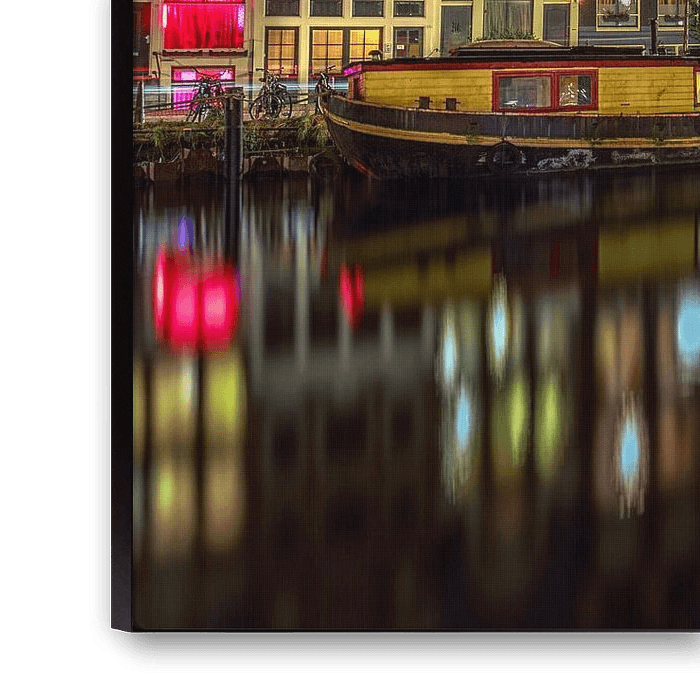











 Amsterdam
Amsterdam City centre of Amsterdam
City centre of Amsterdam Night photography
Night photography North Holland
North Holland Photo wallpaper
Photo wallpaper Photography
Photography Reflections
Reflections Romantic Moments
Romantic Moments Serene Peace
Serene Peace Singels
Singels The Netherlands
The Netherlands









